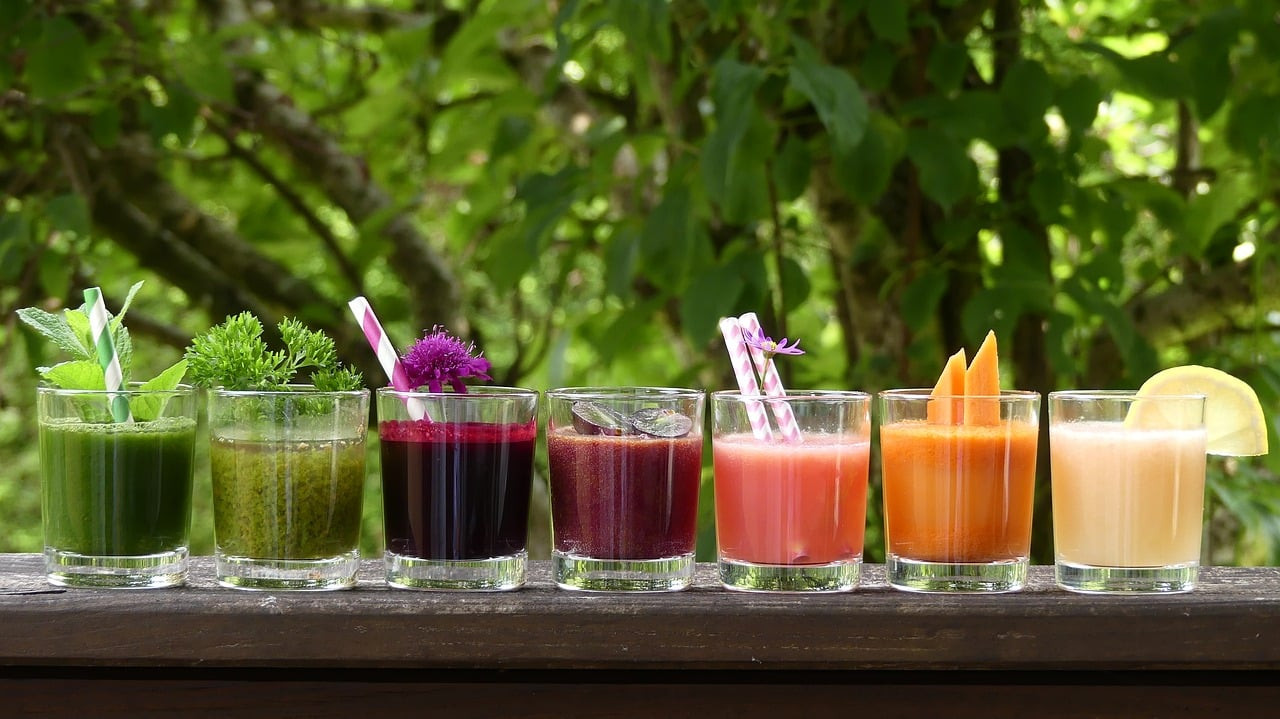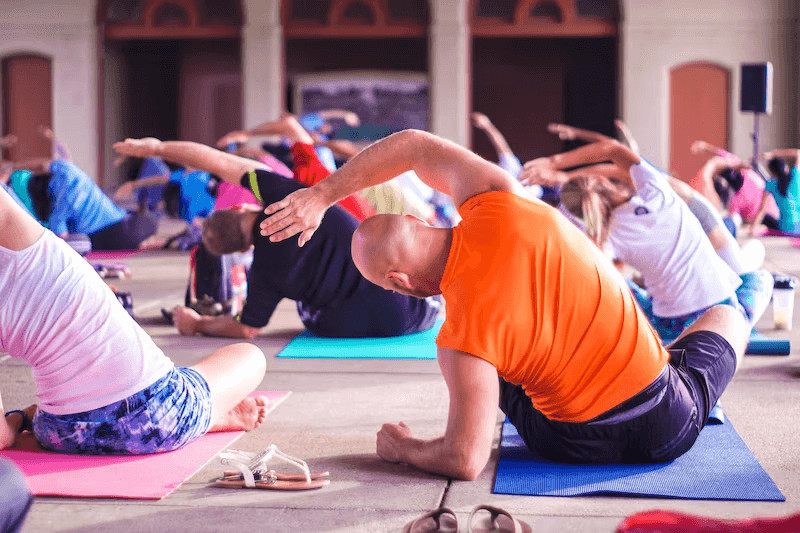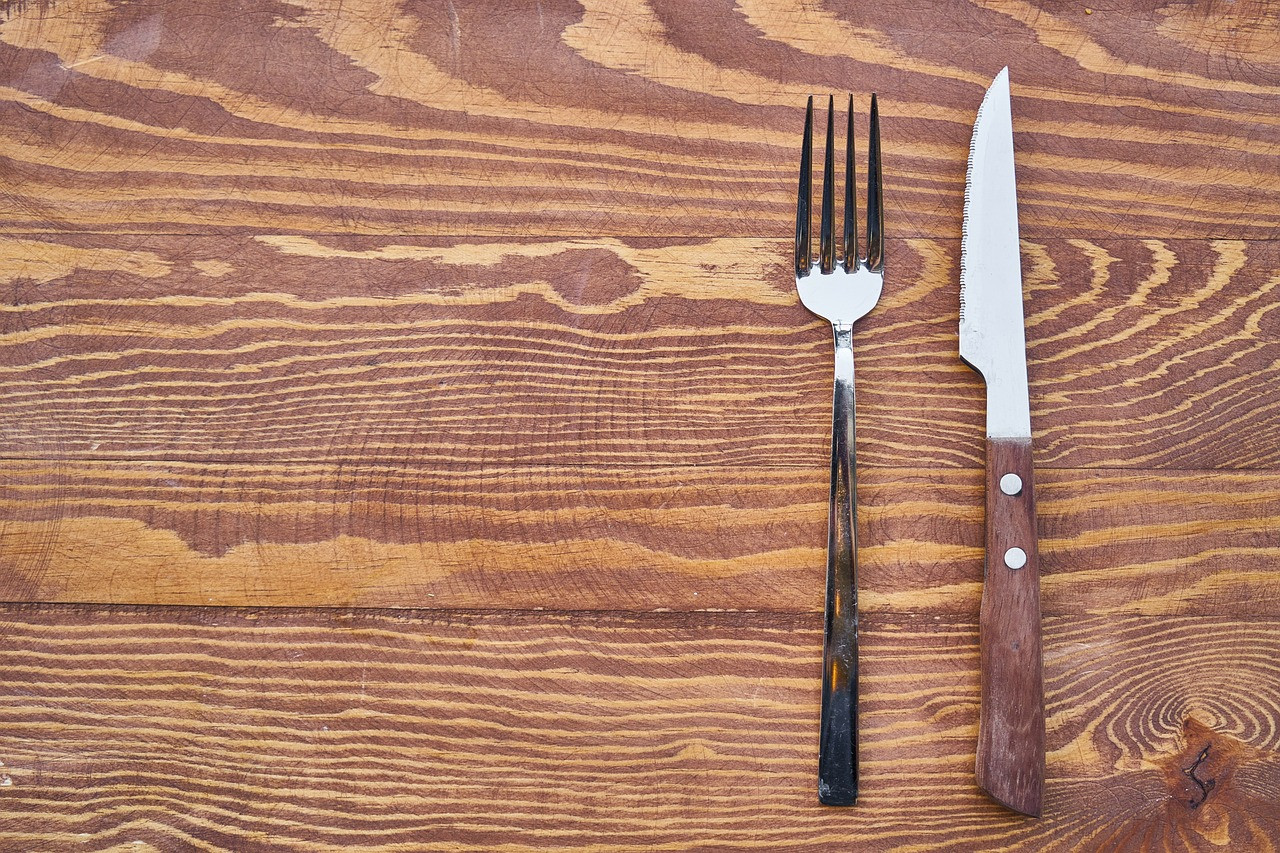
The Art of Oil-Free Sautéing: A Guide to Water Sautéing Vegetables
In the world of culinary arts, sautéing is a technique celebrated for its ability to quickly cook ingredients while sealing in flavors. Traditionally, this involves cooking food quickly in a small amount of oil over high heat. However, a growing trend towards health and wellness has seen an upsurge in water sautéing – a technique that promises the same delicious outcomes minus the oil. This blog explores the what, why, and how of oil-free sautéing, offering insights into its benefits and sharing a quick, tasty recipe to get you started.
What is Water Sautéing?
Water sautéing is an innovative cooking method that substitutes oil with water or broth. This technique involves cooking vegetables (or any food you would typically sauté) in a small amount of water, keeping the heat high enough to softly cook the food while imparting it with a tender, flavorful finish.
The Benefits of Avoiding Oil When Cooking
1. Reduced Caloric Intake: One of the most immediate benefits of water sautéing is the significant reduction in calories. Oil is calorie-dense, and even a small amount can add hundreds of calories to your dish without increasing the volume or satiety.
2. Promotes Heart Health: Eliminating oil can help reduce the intake of unhealthy fats, particularly trans and saturated fats found in some oils, promoting a healthier cardiovascular system.
3. Maintains Nutrient Integrity: Cooking with water can help preserve the natural nutrients of vegetables better than oil, which may undergo oxidative degradation at high temperatures, potentially forming harmful compounds.
4. Enhances Natural Flavors: Water sautéing helps in bringing out the natural flavors of the ingredients, making your vegetables taste more genuine and vibrant without the overshadowing taste of oil.
How To Do Water Sautéing
Technique and Tips:
- How Much Water to Use: Start with a small amount, about 2-4 tablespoons for a pan of vegetables. The key is to add just enough water to prevent sticking while cooking, not to waterlog the food.
- Keep It Moving: To mimic the traditional sauté, keep the ingredients moving frequently by stirring or tossing, ensuring even cooking and preventing any sticking or burning.
- Gradual Addition: If the water evaporates before the food is thoroughly cooked, add more water, a tablespoon at a time, to finish cooking.
- High Heat: Maintain a high heat throughout the cooking process to ensure a good sear on the vegetables, similar to what you’d achieve with oil.
Quick Recipe Using Water Sautéing
Simple Garlic Green Beans
Ingredients:
- 1 lb fresh green beans, trimmed
- 4 cloves garlic, minced
- Salt and pepper to taste
- ½ cup vegetable broth or water
Instructions:
- Heat a large pan over medium-high heat. Add the garlic and 2 tablespoons of vegetable broth to the pan, stirring frequently for about 1 minute.
- Add green beans and the rest of the broth. Season with salt and pepper.
- Cover and cook, stirring occasionally, until the beans are tender but still crisp, about 3-4 minutes.
- Uncover, increase the heat, and continue cooking until most of the liquid has evaporated. Serve immediately.
The Flavor of Food When Water Sautéing
While the absence of oil might seem like it could detract from the flavor, water sautéing actually allows the inherent flavors of the vegetables to shine. The method encourages the blooming of spices and the caramelization of natural sugars in vegetables, leading to a clean and distinct taste profile that might be obscured by oil.
In summary, water sautéing is not only a healthful alternative to traditional sautéing methods but also an easy technique to adopt in everyday cooking. It preserves the texture and enriches the natural flavors of food, offering a delicious way to enjoy your favorite dishes, guilt-free. Give it a try, and you might find that water sautéing becomes a staple in your culinary repertoire.













0 Comments